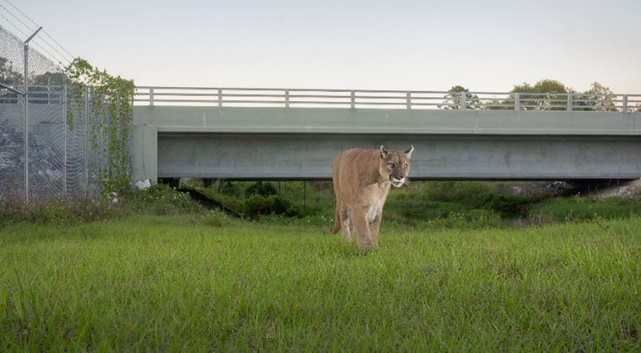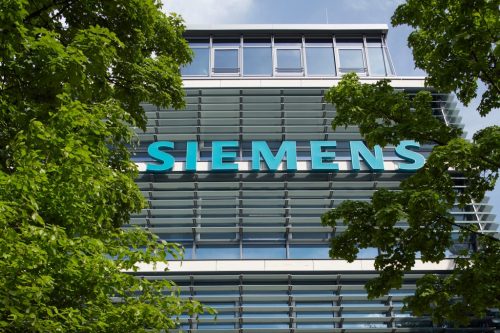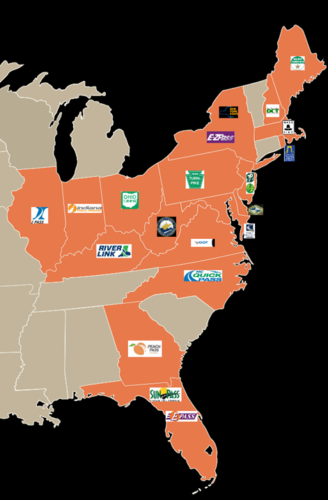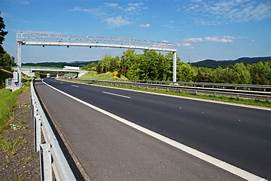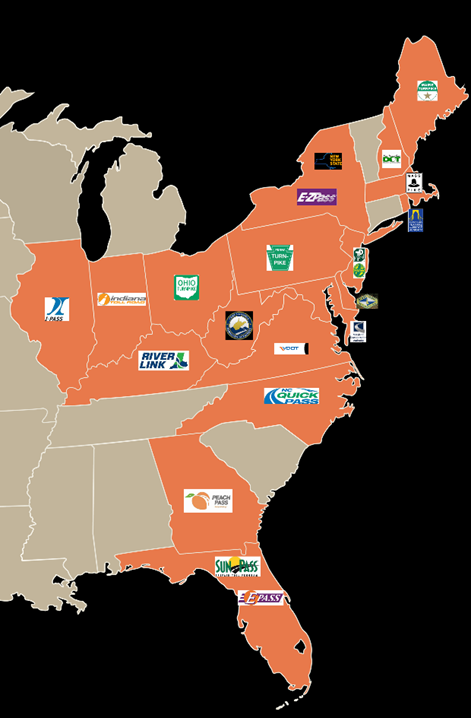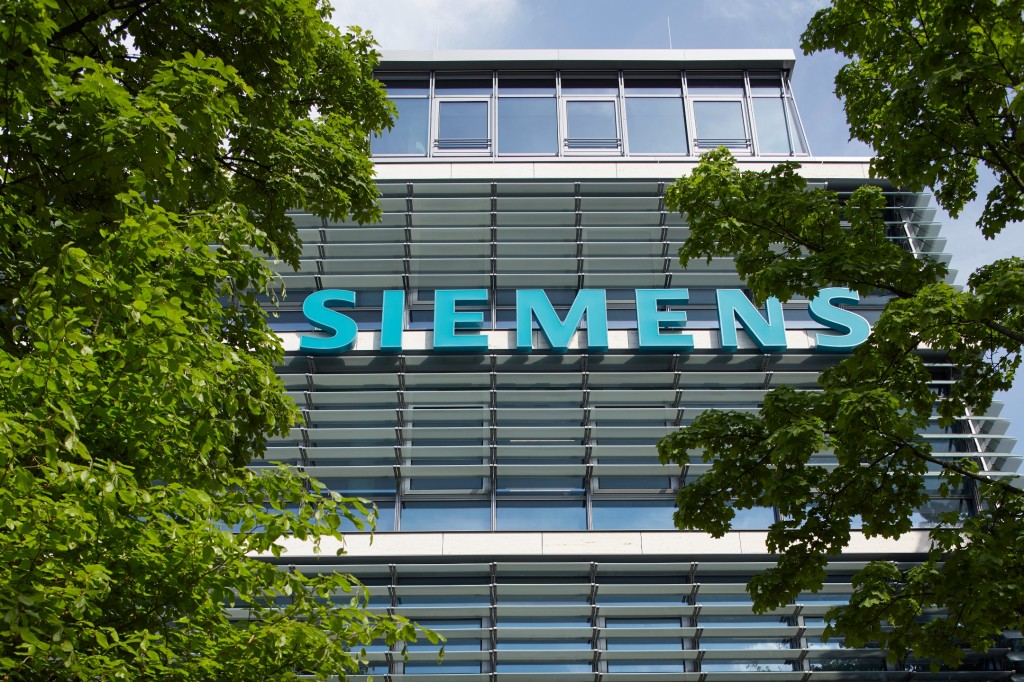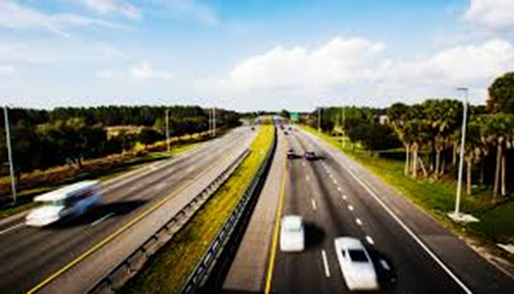The best infrastructure projects solve multiple pressing problems at once, without creating new issues that send planners and communities back to the drawing boards.
That’s why it’s so important that Florida’s Multi-use Corridors of Regional Economic Significance (M‑CORES) program is working with environmental groups and paying close attention to species and habitat conservation as it begins planning the future of the state’s three new highway connectors.
The roads are needed, and the communities they serve will be better off once they’re built. But there are (at least) two fundamental reasons for M‑CORES to put wildlife and their habitat at the center of its planning: to respect and protect natural heritage that so many Floridians value and love, and to protect the project itself from the years of objections and delays that would result if the task forces now studying the three corridors don’t strike the right balance.
More Than Just a Highway Network
M‑CORES is so much more than just a highway network. It’s an integrated effort to deliver jobs, services, and quality of life in one of the country’s fastest-growing population centers.
In 2019, data showed Florida adding 900 new residents per day between 2018 and 2024. The state Chamber of Commerce expects the population to grow from 20 million to nearly 26 million by 2030. All of those new arrivals will expect to find homes, jobs, and mobility.
And if they’re coming to Florida, they won’t be looking for the kind of compact development that is more the norm in other parts of the United States.
With existing urban centers populated to the max, accommodating six million more people will mean expanding rural communities that currently lack many services that city-dwellers take for granted. So M‑CORES is designed as a one-stop response to nearly a dozen local challenges, including hurricane evacuation, congestion mitigation, broadband access, water and sewer connectivity, freight and public transit, and more.
M‑CORES matters because it won’t just build roads. It’s about building and serving communities.
Getting the Details Right
But like many other projects and communities, M‑CORES must also protect wildlife that are already endangered by vehicle collisions and shrinking habitat, so that the natural and human worlds can co-exist.
The Florida Department of Transportation has been collecting thousands of data points to help understand the context of each study area and the natural, cultural, social, economic, and other resources that should inform planning decisions. These databases are helping the Task Forces identify areas that the corridors should avoid impacting – such as conservation lands, water resources, or prime agricultural lands.
With Florida’s population growing and congestion already a serious problem, “smart planning is a must, though not all agree on what that means,” National Geographic wrote last year in a profile of M‑CORES. A key concern: the Suncoast Connector from Citrus to Jefferson County “would slice through some of the state’s wildest remaining lands and vital territory for the panther,” the state’s official animal, which enjoys protection under the federal Endangered Species Act.
“Growth needs to accommodate our state’s green spaces,” said Florida Wildlife Corridor Executive Director Jason Lauritsen, who sits on one of the M‑CORES task forces.
The good news is that highway planners already know how to do that. Studies in Florida, Australia, and Mexico show that wildlife under- and overpasses “save money and lives, both human and animal,” National Geographic wrote last April. Florida has used different types of wildlife crossings to reduce panther deaths since the 1970s, and Canada celebrated the 20th anniversary of its first wildlife bridges in picturesque Banff National Park in 2017.
“You can get reductions of 85 to 95 percent with crossings and fencing that guide animals under or over highways,” said Rob Ament, road ecology program manager at Montana’s Western Transportation Institute.
So as the M‑CORES routes and highway designs take shape, planners have a well-established body of knowledge to build on. And none too soon. The need for the roads is obvious, and no one wants to put endangered wildlife at further risk. But if we get the details right, Floridians really can have it all.

